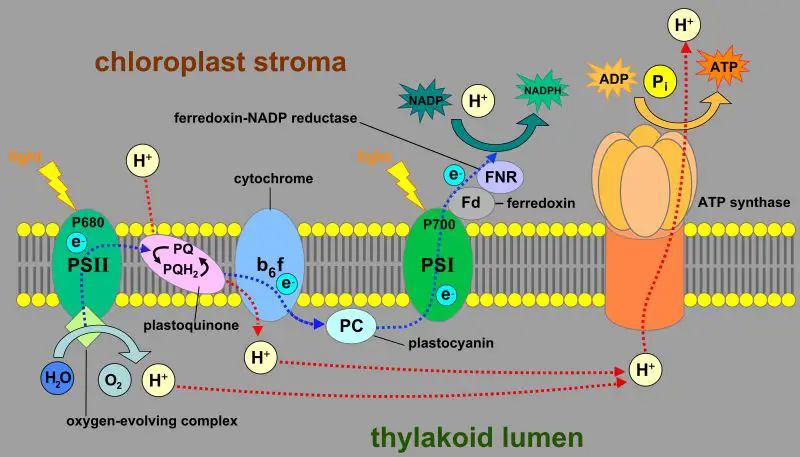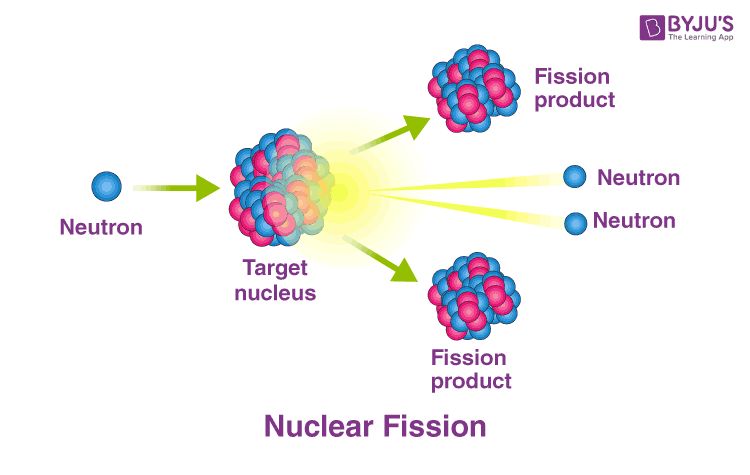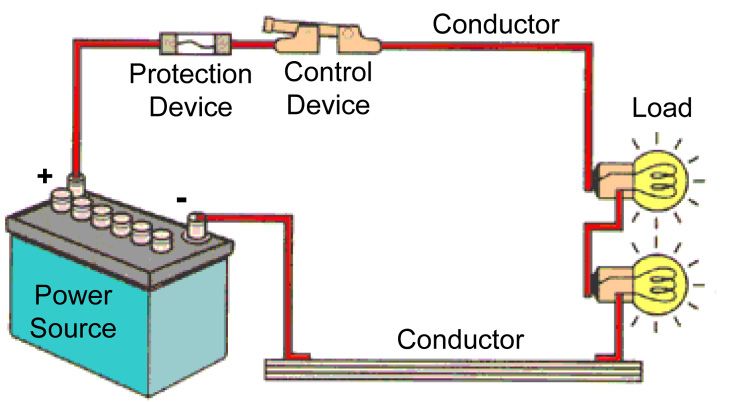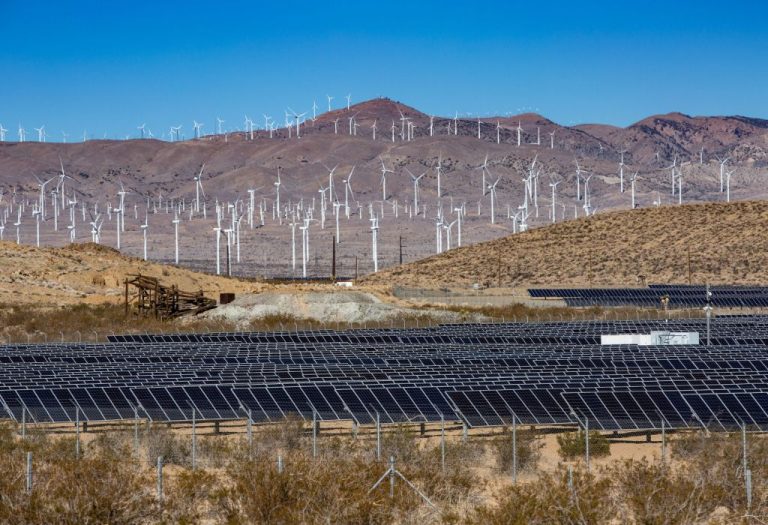Is Light Classified As Energy?
Light and energy are fundamental concepts in physics and the natural world. Understanding the relationship between light and energy provides insight into many natural phenomena and technological applications. This article will examine whether light should be classified as a form of energy, based on its properties and interactions with matter.
We will begin with overviews of what light and energy are. Then we will look at how light exhibits behaviors characteristic of energy, including the ability to transfer energy to objects and systems. Measuring light’s energy and harnessing it in applications like solar power provide further evidence for light’s energetic nature. Through a careful exploration of the connections between light and energy, we can come to an informed conclusion about light’s energy status.
What is Light?
Light is a form of electromagnetic radiation that is visible to the human eye. Electromagnetic radiation spans a broad spectrum from radio waves to gamma rays. The part of the spectrum that is visible to humans is known as visible light or simply light.
Light acts as both a wave and a particle called a photon. As a wave, it oscillates with changing electric and magnetic fields. As photons, light travels in discrete packets of energy. The dual wave-particle nature of light is a fundamental property of quantum mechanics.
The wavelength of visible light ranges from about 380 to 750 nanometers (nm). The different wavelengths correspond to different colors of light, from violet (shorter wavelengths) to red (longer wavelengths). When all the wavelengths are combined together, visible light appears white to the human eye.
In addition to the visible spectrum, the full electromagnetic spectrum includes radio, microwaves, infrared, ultraviolet, X-rays, and gamma rays. Each type of radiation has different properties and behaviors based on its wavelength and energy.
Properties of Light
Light has some unique and fascinating properties that set it apart from other phenomena in the universe. Three key properties that define light are wavelength, frequency, and speed.
Wavelength refers to the distance between successive wave peaks of light. It is often measured in nanometers (nm) or micrometers (μm). The wavelength determines the color of visible light – shorter wavelengths fall in the violet to blue end of the spectrum, while longer wavelengths are at the orange to red end.
Frequency measures how many wave cycles pass a point in space in a given time period. It is typically measured in hertz (Hz). Frequency is mathematically related to wavelength, with higher frequencies corresponding to shorter wavelengths.
Speed measures how fast light travels through a medium like air or glass. In a vacuum, light travels at an incredible speed of 299,792,458 meters per second. This speed, commonly known as the speed of light and denoted by c, is considered a universal physical constant.
These three characteristics – wavelength, frequency, and speed – define the core properties of light that allow it to behave as a wave. They help explain phenomena like color, refraction, and more. Understanding the properties of light is key to harnessing its potential as an energy source.
What is Energy?
Energy is the ability to do work or cause change. It exists in many different forms that can be grouped into two main categories: potential energy and kinetic energy.
Potential energy is stored energy based on an object’s position or arrangement. For example, a ball held at the top of a hill contains gravitational potential energy. When released, this stored energy is converted into kinetic energy as the ball rolls downhill. Other examples of potential energy include chemical energy stored in the bonds of molecules and elastic energy stored in stretched springs.
Kinetic energy is energy of motion. Some examples include the energy of an object in motion, thermal energy from the random motion of particles, radiant energy carried by electromagnetic waves such as light, and sound energy from vibrating molecules. Mechanical energy is the sum of an object’s kinetic and potential energy.
Energy can transfer between objects and transform from one type to another, but it cannot be created or destroyed. The law of conservation of energy states that the total energy in a closed system remains constant. Understanding energy and its transformations is essential for studying thermodynamics, biology, chemistry, physics, and other sciences.
The Relationship Between Light and Energy
Light carries energy in discrete packets called photons. Photons are the smallest measureable units of light. The energy of a photon is directly proportional to its frequency. Higher frequency light has higher energy photons, while lower frequency light has lower energy photons.
This means that when light interacts with matter, like when light hits your eyes, photons transfer their energy to that matter. The energy carried by photons is what allows light to heat objects, cause chemical reactions, and stimulate biological processes like photosynthesis and vision.

So in summary, light energy is carried by photons, which are absorbed and transferred when light interacts with matter. This is the key relationship demonstrating that light behaves as a form of energy.
Light as a Form of Energy
Light is a prominent form of energy that is all around us. Light energy is one type of radiant energy, which refers to any form of electromagnetic radiation. This means that light is a self-propagating energy that can travel through space without the need for any medium or matter. Some examples of light as a form of radiant energy include:
Visible Light – The light that humans can see is part of the visible light spectrum. This includes all the colors from violet to red. Visible light allows us to see the world around us.
Infrared Light – Infrared light has longer wavelengths than visible light. This type of light is invisible to our eyes but can be felt as heat. Infrared radiation is emitted by all objects and is used in technologies like night vision cameras.
Ultraviolet Light – Ultraviolet (UV) light has shorter wavelengths than visible light. UV light has higher energy but is also invisible to human sight. It is emitted by the sun and can cause sunburn.
X-Rays – X-rays have very high frequency and very short wavelengths, allowing them to pass through many materials. They are used in medicine to take images of bones and teeth.
Gamma Rays – Gamma rays have the shortest wavelengths and highest energy in the electromagnetic spectrum. They are produced by radioactive decay in things like nuclear explosions.
So in summary, light exhibits properties of radiant energy across the electromagnetic spectrum, from radio waves to gamma rays. Light is a self-propagating form of energy that can travel through space and interact with matter.
Measuring Light Energy
Light energy is measured using a variety of units and tools. Some key ways to quantify light energy include:
Units of measurement:
– Lumens – Lumens measure the total quantity of visible light emitted by a source. For example, a 100-watt incandescent light bulb emits about 1,600 lumens.
– Lux – Lux measures the intensity of light energy per unit area. It evaluates illumination on a surface. A bright office may have 300-500 lux.
– Candela – The candela measures the luminous intensity of a light source in a specific direction. It describes the power emitted by a light source in a solid angle of 1 steradian.
Tools:
– Light meters – Light meters measure light levels and are used in photography, cinematography, and other fields. They may measure in units like lux, footcandles, or lumens per square meter.
– Spectrometers – Spectrometers analyze the spectrum of light. They can examine the intensity of various wavelengths of visible and non-visible light.
– Photodiodes – Photodiodes convert light energy into electric current. They can measure light intensity and exposure.
– Pyranometers – Pyranometers specifically measure solar irradiance, or the radiant flux received from the sun per unit area. They are used in meteorology and climatology.
Applications of Light Energy
Light energy has many practical applications in our daily lives. Some of the most important applications are:
Solar Power
Solar power harnesses light energy from the sun and converts it into electricity. Solar cells and panels absorb photons from sunlight and release electrons, generating an electric current. This electricity can be used to power homes, buildings, calculators, satellites, and more. Solar power is considered a renewable and sustainable energy source.
Photosynthesis
Plants use light energy to fuel photosynthesis, the process by which they convert carbon dioxide and water into glucose and oxygen. Photosynthesis is vital for sustaining plant growth and producing the oxygen that makes life possible on Earth. The light reactions of photosynthesis convert light energy into chemical energy that is stored in glucose and other carbohydrates.
Technology
Light is used in many forms of technology and telecommunications. Fiber optic cables use light to transmit data over long distances. LED and laser diodes convert electrical energy into light in devices like DVD players, routers, and scanners. Optical imaging, spectroscopy, and microscopes use the properties of light to analyze materials in fields like biology, physics, nanotechnology, and more. Light plays an integral role in the inner workings of many modern technologies.
Interesting Facts About Light Energy
Light can be fun and fascinating! Here are some quick trivia tidbits about light energy:
The fastest thing in the universe is the speed of light. Light travels at 186,000 miles per second or about 300,000 kilometers per second. Nothing can beat light in a race!
Different colors of light have different energies. Red light has the lowest frequency and energy while violet light has the highest. This is why ultraviolet light can damage skin while red light cannot.
Light takes time to travel through space. It takes about 8 minutes for sunlight to reach Earth. This means we see the Sun as it was 8 minutes ago, not as it is right now.
Bioluminescent creatures produce their own light. Fireflies, anglerfish, and glowworms are some examples of bioluminescent animals. The light is the result of a chemical reaction within their bodies.
Lasers focus light into a narrow, powerful beam. The word “laser” stands for Light Amplification by Stimulated Emission of Radiation. Lasers concentrate light so it’s intense enough to cut and melt materials.
Light certainly has some neat properties! Hopefully these quick facts shed more light on why light definitely qualifies as a form of energy.
Conclusion
In summary, light can indeed be classified as a form of energy. Light has properties of waves and particles, and it behaves according to the laws of thermodynamics like other forms of energy. Light transfers energy from one place or object to another in the form of electromagnetic radiation. The energy in a beam of light can be directly measured and quantified. There are many practical applications that take advantage of light’s energy, such as solar panels converting light energy from the sun into electricity. While visible light that we can see with our eyes is just a small slice of the full electromagnetic spectrum, all forms of light waves carry energy as they travel through space. So in conclusion, there is strong evidence from physics that light meets the definition of energy.






